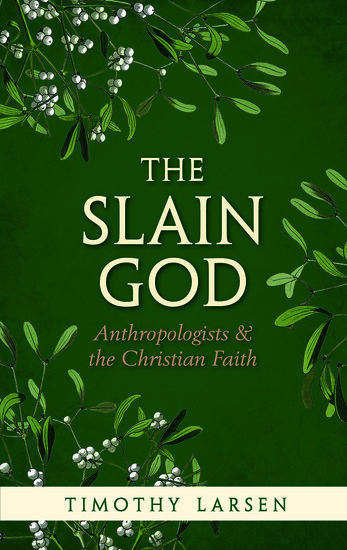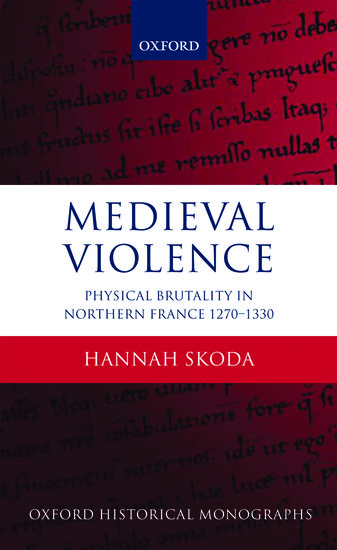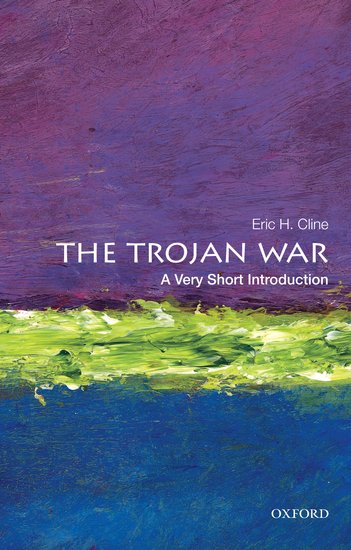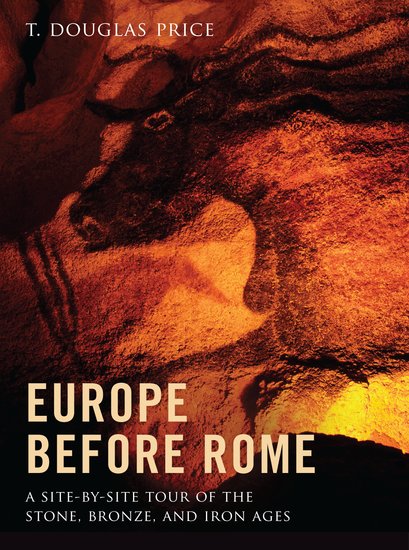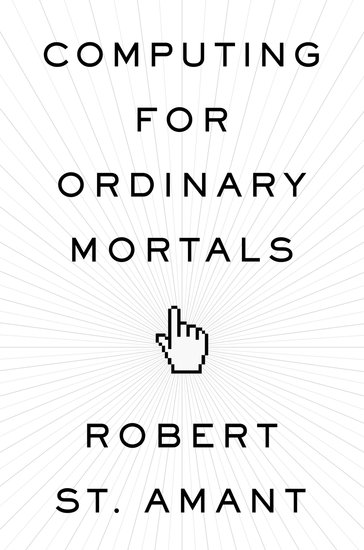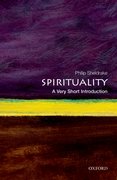Ebola: the epidemic’s next phase
Although the number of Ebola cases and deaths has jumped dramatically in the short time since we wrote our December Briefing on the epidemic, there are signs of hope. Ebola is slowing down in areas where there was previously high transmission, in Liberia and in Eastern Sierra Leone for example.





